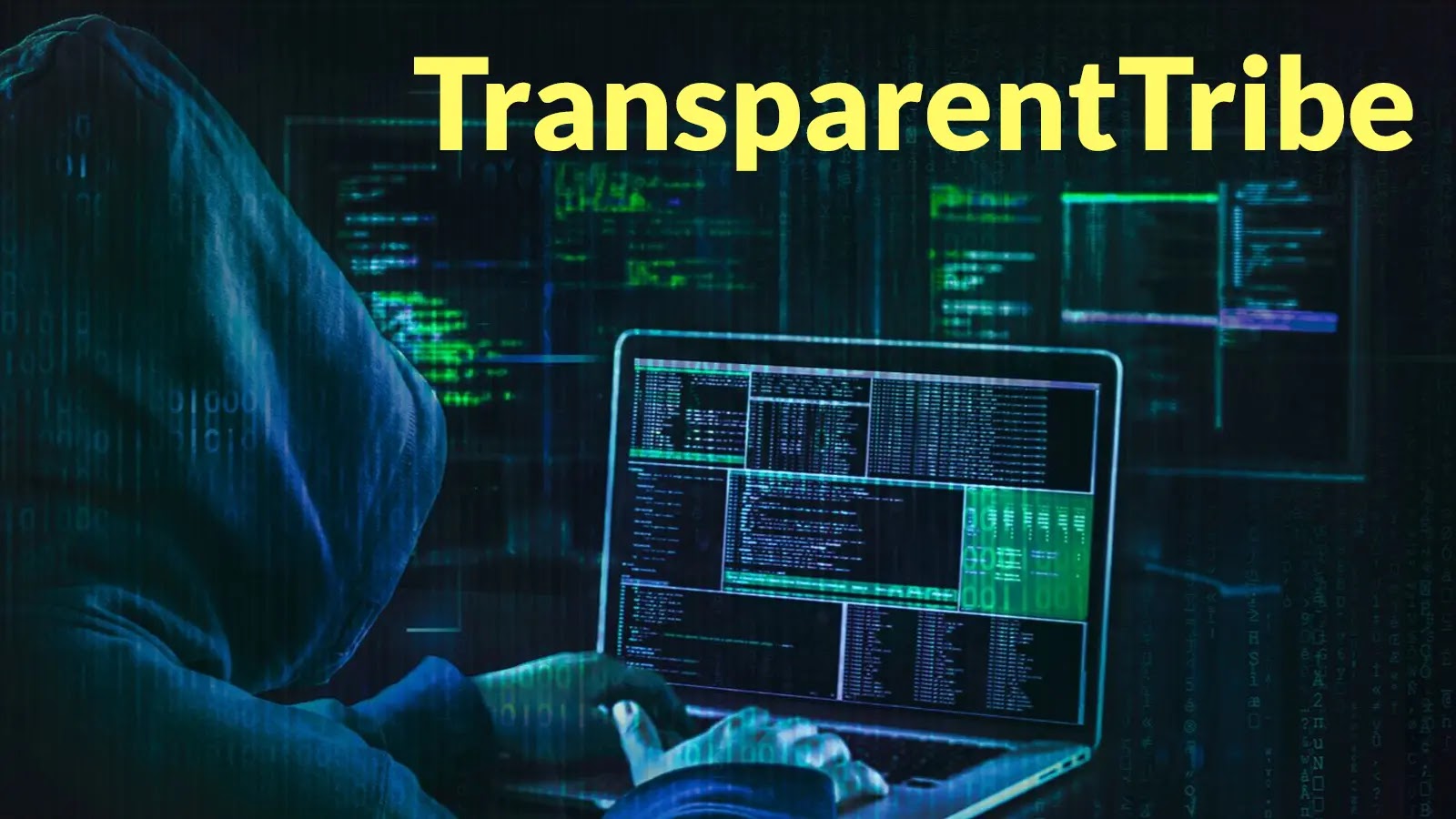
TransparentTribe Attack Linux-Based Systems of Indian Military Organizations to Deliver DeskRAT
The geopolitical landscape often extends beyond physical borders, manifesting acutely in the digital realm. Recent intelligence reveals a significant escalation in cyber espionage efforts, directly impacting national security and defense infrastructures. Specifically, the notorious threat group TransparentTribe has broadened its attack surface, now actively targeting Linux-based systems within Indian military and defense organizations. This shift, coupled with the deployment of a new, sophisticated remote access trojan (RAT) named DeskRAT, signals a worrying evolution in tactics and capabilities.
TransparentTribe’s Evolving Threat Sophistication
TransparentTribe, an intrusion set with documented ties to Pakistan and a history stretching back to at least 2013, has consistently demonstrated its commitment to cyber espionage. Their latest campaign, initially identified in July 2025 by CYFIRMA (with activity traced back to June 2025), marks a concerning pivot. While their previous activities often focused on Windows environments, the current operation specifically targets the increasingly vital Linux infrastructure foundational to many critical systems.
This group’s enduring presence and adaptability highlight the persistent nature of state-sponsored cyber threats. Their targeted approach against Indian military and defense entities underscores the strategic importance of the intelligence they seek to exfiltrate or disrupt.
Introducing DeskRAT: A New Golang-Based Menace
The centerpiece of TransparentTribe’s current campaign is DeskRAT, a novel remote access trojan developed in Golang. The choice of Golang for DeskRAT’s development is particularly noteworthy. Go, or Golang, offers several advantages for malware authors, including:
- Cross-Platform Compatibility: Golang compiles into native executables for various operating systems, including Linux, macOS, and Windows, allowing a single codebase to target diverse environments.
- Evasion Capabilities: Go executables are often larger and structurally different from those compiled in other languages, potentially complicating detection by traditional signature-based security tools.
- Concurrency: Golang’s robust concurrency model (goroutines) enables malware to perform multiple tasks simultaneously, enhancing its operational efficiency on compromised systems.
DeskRAT’s primary function, as a remote access trojan, is to grant attackers persistent and extensive control over compromised Linux systems. This control typically includes capabilities such as file exfiltration, arbitrary command execution, keylogging, and potentially further payload deployment, all designed to facilitate long-term espionage.
Targeting Linux: A Strategic Shift
The shift to targeting Linux-based systems represents a strategic move by TransparentTribe. Linux is widely adopted in critical infrastructure, server environments, and specialized military and defense applications due to its perceived security, stability, and versatility. Undermining these systems can provide adversaries with deep access to sensitive data, operational intelligence, and potentially control over critical functions. This highlights the urgent need for robust security measures beyond traditional Windows-centric defenses.
Remediation Actions and Proactive Defense
Organizations, particularly those in the defense sector, must adopt a proactive and multi-layered approach to counteract threats like TransparentTribe’s DeskRAT campaign. Focusing on Linux security is no longer an option but a critical imperative.
- Regular Patch Management: Ensure all Linux systems and applications are updated with the latest security patches. Vulnerabilities like CVE-2023-38408 (a recent example of a critical Linux vulnerability) and others are frequently exploited.
- Endpoint Detection and Response (EDR) for Linux: Deploy EDR solutions specifically designed for Linux environments to detect anomalous behavior, identify post-exploitation activities, and respond to threats in real-time.
- Network Segmentation: Implement strict network segmentation to limit lateral movement within the network, even if one system is compromised.
- Principle of Least Privilege: Enforce the principle of least privilege for all users and services on Linux systems, minimizing the potential impact of a compromise.
- Strong Authentication: Utilize multi-factor authentication (MFA) for all administrative access and critical services.
- Threat Intelligence Integration: Continuously monitor and integrate up-to-date threat intelligence feeds related to APT groups like TransparentTribe to understand their evolving tactics, techniques, and procedures (TTPs).
- Regular Security Audits and Penetration Testing: Conduct regular security audits and penetration tests tailored to Linux infrastructures to identify and remediate weaknesses before adversaries can exploit them.
Tools for Detection and Mitigation
Several tools can aid in detecting and mitigating threats posed by sophisticated malware like DeskRAT on Linux systems:
| Tool Name | Purpose | Link |
|---|---|---|
| Osquery | SQL-powered operating system instrumentation, for security monitoring and forensics on Linux. | https://osquery.io/ |
| Yara | Pattern matching swiss army knife for malware researchers, for building detection rules. | https://virustotal.github.io/yara/ |
| Volatility Framework | Advanced memory forensics framework for extracting digital artifacts from volatile memory. | https://www.volatilityfoundation.org/ |
| chkrootkit | Tool to check for rootkits on Linux systems. | http://www.chkrootkit.org/ |
| Lynis | Security auditing tool for Linux, macOS, and Unix-based systems. Runs health checks. | https://cisofy.com/lynis/ |
Conclusion
The escalation of TransparentTribe’s activities, particularly their new focus on Linux systems and the deployment of DeskRAT, underscores a critical shift in the cyber espionage landscape. For military and defense organizations, remaining vigilant and investing in robust, Linux-specific security infrastructure is paramount. Effective defense against such advanced persistent threats requires continuous monitoring, proactive remediation, and a deep understanding of evolving adversary tactics. The digital battleground is constantly shifting, demanding an equally agile and adaptive defensive posture.





